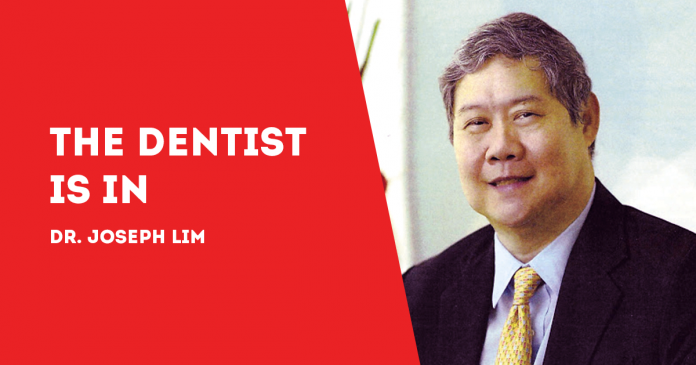
SCREENING and triaging of patients should be conducted before dental appointments.
This is the advice of the World Health Organization (WHO) which has issued an Interim Guidance for essential oral health services in the context of COVID-19.
Screening and triaging is done either by virtual/remote technology or telephone.
Otherwise triage should be done on arrival at the clinic.
The aim is to ensure that only patients requiring urgent or emergency receive treatment and that they have no symptoms that indicate COVID-19 infection or previous risk exposure.
“It is important to note that not all people infected with SARS-CoV-2 exhibit symptoms, and cases without symptoms can transmit to others,” the WHO Interim Guidelines observe.
Dental clinics must develop, whenever possible, a remote assessment of urgent or emergency oral health care patients.
If urgent or emergency oral health care is medically necessary for a patient who has, or is suspected of having COVID-19, the patient should be referred to specialized oral health care services with appropriate measures in place to separate possible COVID-19 cases from other patients.
Where appropriate, urgent or emergency oral health care interventions may also be provided on a home visit by a dedicated oral health care team applying strict infection prevention and control measures as locally prescribed.
The dental staff performing triage on site should maintain physical distancing of at least one meter. Ideally a glass or plastic screen should be built to create a barrier between staff performing triage and patients.
In places where community transmission is occurring, staff performing triage should wear a medical mask throughout the shift.
All oral health care personnel should continuously wear a medical mask during their routine activities throughout the entire shift, apart from times when they are eating or drinking.
They should change their masks after caring for a patient who requires droplet or contact precautions for other reasons.
In the context of severe medical mask shortage, face shields may be considered as an alternative.
However, based on available evidence, the WHO does not consider the use of non-medical or cloth masks as an alternative to medical masks as appropriate for protection of health workers
Prior to treatment, all oral health care personnel undertaking or assisting in the procedure should perform hand hygiene, preferably using an alcohol-based (60-80 percent alcohol) hand rub product if hands are not visibly dirty or soap and water when hands are visibly dirty.
Hand should be dried with disposable paper towels.
Patients should also be requested to practice hand hygiene on arrival and throughout the visit.
On arrival at the oral health care facility and until the moment of oral health care, patients are encouraged to use medical or non-medical masks.
Appointments should be scheduled to reduce the numbers of patients in the waiting room and for patients to maintain physical distancing of at least one meter.
Unless they require assistance, patients should not be accompanied. Patients and anyone accompanying them should provide their contact details.
***
Dr. Joseph D. Lim is the former Associate Dean of the UE College of Dentistry, former Dean of the College of Dentistry, National University, past president and honorary fellow of the Asian Oral Implant Academy, and honorary fellow of the Japan College of Oral Implantologists. Honorary Life Member of Thai Association of Dental Implantology. For questions on dental health, e-mail jdlim2008@gmail.com or text 0917-8591515./PN





